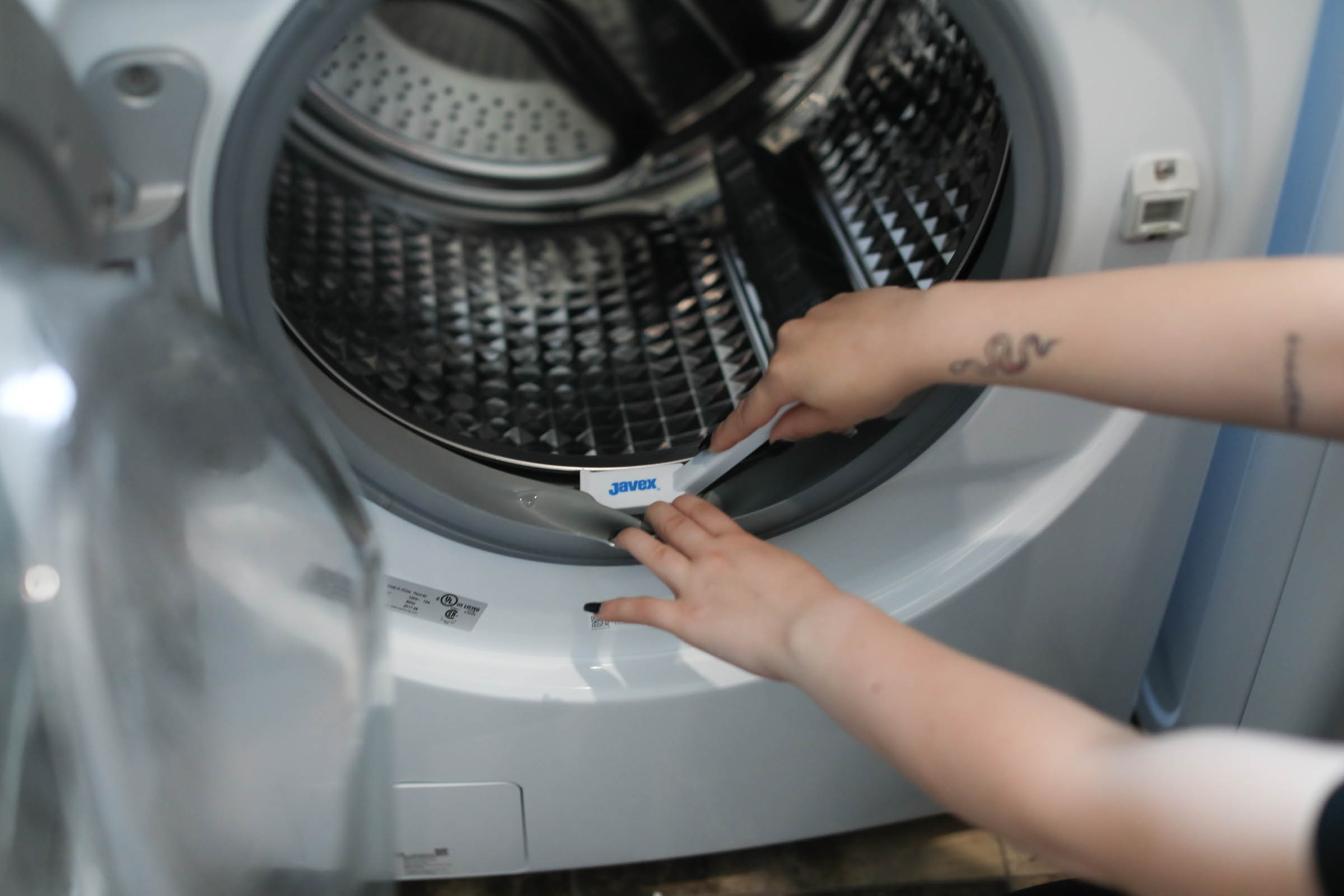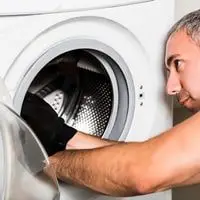The Perils of Loose Drums
As a homeowner, I’m never quite sure what the washing machine will bring – a sparkling load of fresh laundry or a headache. Well, that’s exactly the situation I found myself in when my washing machine began to vibrate uncontrollably, making a loud and persistent banging sound. I soon realized that the drum, the heart of the washer, had come loose. This was not just an annoying problem but also a potentially dangerous one, as excessive vibration could damage the machine further. In this article, I’ll delve into the causes of a loose drum in a washing machine and provide you with step-by-step instructions on how to fix it safely and effectively.

Image: www.elevate.in
A wobbly drum can not only make your laundry experience far less enjoyable, leading to excessive noise and uneven washing; it can also lead to other issues, such as misalignment of the spin cycle, damage to the inner tub or even harm to the floor if left unattended. Therefore, swiftly addressing this matter is paramount to protect your appliance and ensure a pleasant laundry day.
Causes of a Loose Drum
Overloading the washing machine: When you try to cram too much laundry into the washing machine, it can put excessive strain on the drum, causing it to loosen over time.
Uneven distribution of laundry: If the laundry is not evenly distributed inside the drum, it can cause an imbalance during the spin cycle, which can lead to the drum coming loose.
Faulty or worn-out drum bearing: The drum bearing is a crucial component that supports the drum and allows it to rotate smoothly. If the bearing becomes faulty or worn out, it can cause the drum to wobble and become loose.
Loose mounting bolts: The drum is mounted to the washing machine using bolts. If these bolts become loose, it can allow the drum to move around, causing it to become loose.
Expert Tips
Check for a loose drum: If you suspect that the drum in your washing machine may be loose, you can check by gently trying to move it. If the drum moves easily, it is likely loose.
- Tip: If possible, try to move the drum in different directions to determine the extent of the looseness.
Balance the load: It is important to evenly distribute the laundry inside the washing machine to prevent an imbalance during the spin cycle. To ensure an even distribution, separate large and small items and avoid overloading.
Check the drum bearing: If you’re comfortable doing so, you can check the drum bearing for any signs of damage or wear. Look for any cracks, chips, or excessive play in the bearing.
Inspect the mounting bolts: The mounting bolts that secure the drum to the washing machine should be checked for any signs of looseness. If any of the bolts are loose, tighten them using the appropriate tools.
FAQs
-
Q: How do I know when my washing machine drum is loose?
-
A: If you notice your washing machine vibrating excessively or making a loud banging noise during the spin cycle, it’s possible that the drum is loose.
-

Image: noshhealthykitchen.comQ: Can I fix a loose washing machine drum myself?
-
A: Whether you can fix a loose washing machine drum yourself depends on the cause of the problem and your comfort level with DIY repairs. If you’re not comfortable working on appliances or if the problem appears to be complex, it’s best to call a qualified appliance repair technician.
-
Q: How can I prevent my washing machine drum from becoming loose?
-
A: To prevent your washing machine drum from becoming loose, always ensure that you balance the load evenly, don’t overload the machine, and regularly check and tighten the mounting bolts.
Contact a qualified appliance repair technician or consult the washing machine’s user manual if you’re not comfortable fixing a loose washing machine drum. They will be able to diagnose the problem accurately and carry out the necessary repairs.
How To Fix Loose Drum In Washing Machine
Conclusion
A loose drum in a washing machine can be a frustrating and potentially damaging problem. By understanding the causes of a loose drum and following the step-by-step instructions provided in this article, you can fix the issue and prevent further damage to your appliance. Remember, safety should always be a priority when attempting any DIY repairs, so don’t hesitate to contact a qualified technician if you’re not sure how to proceed.